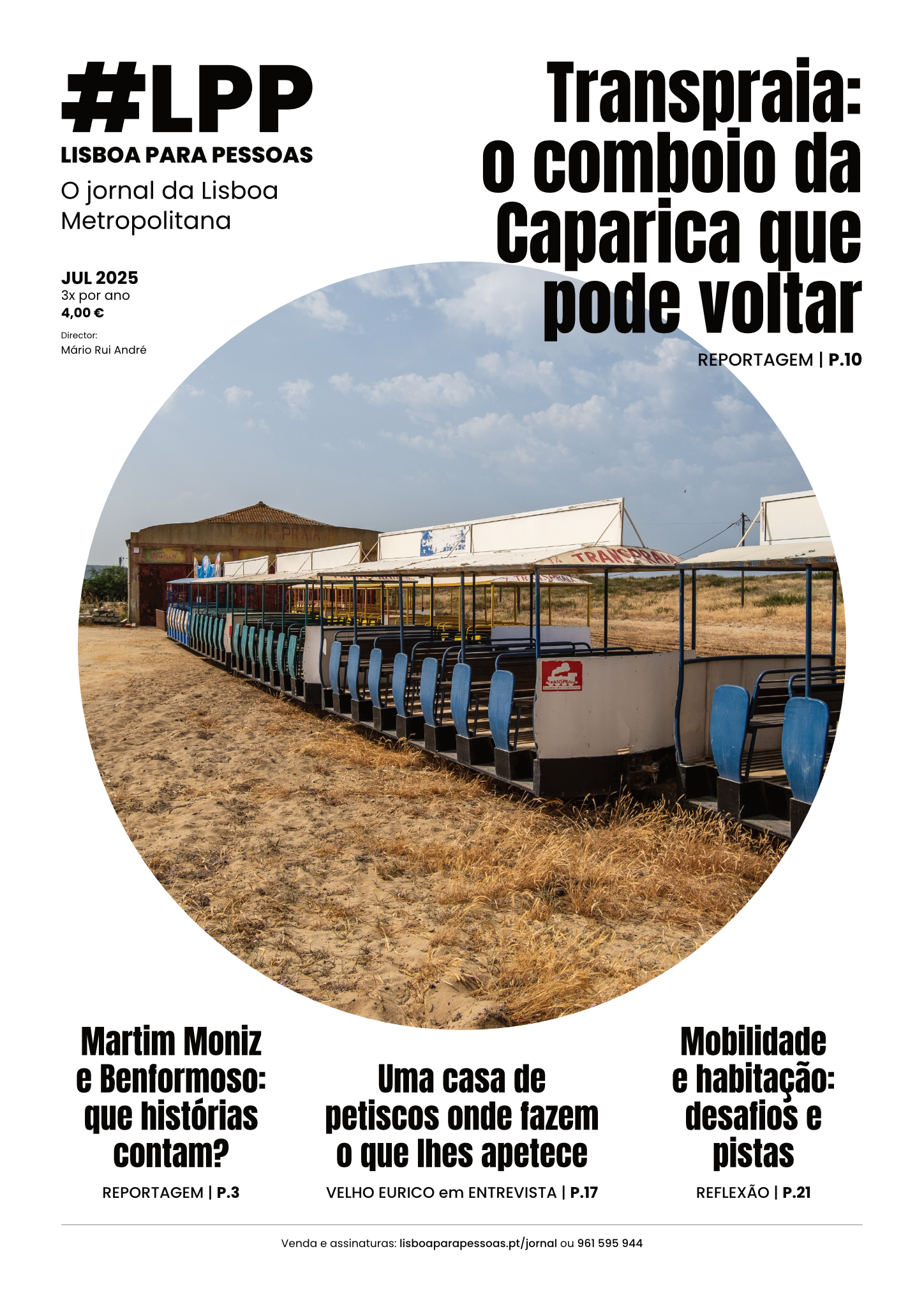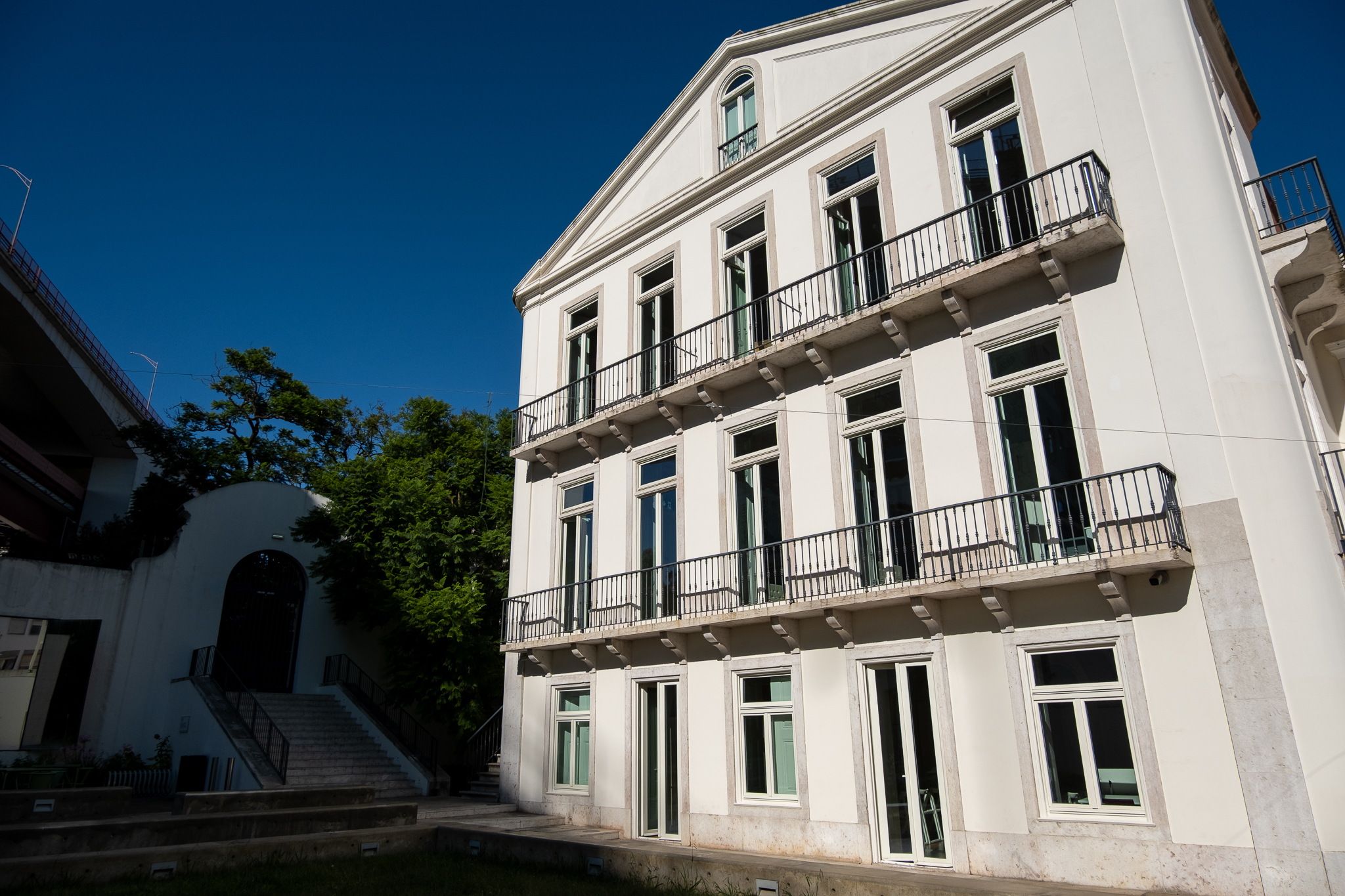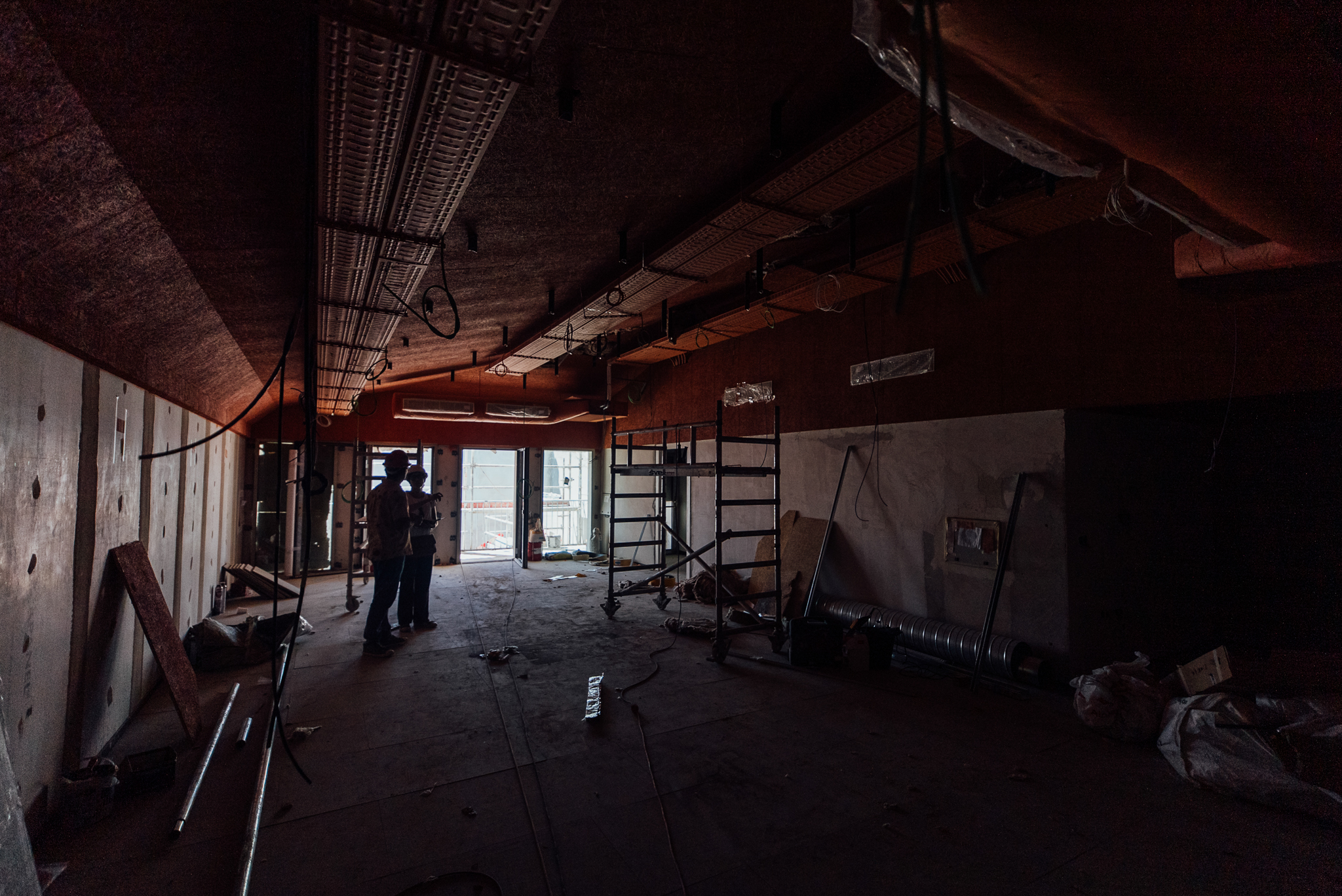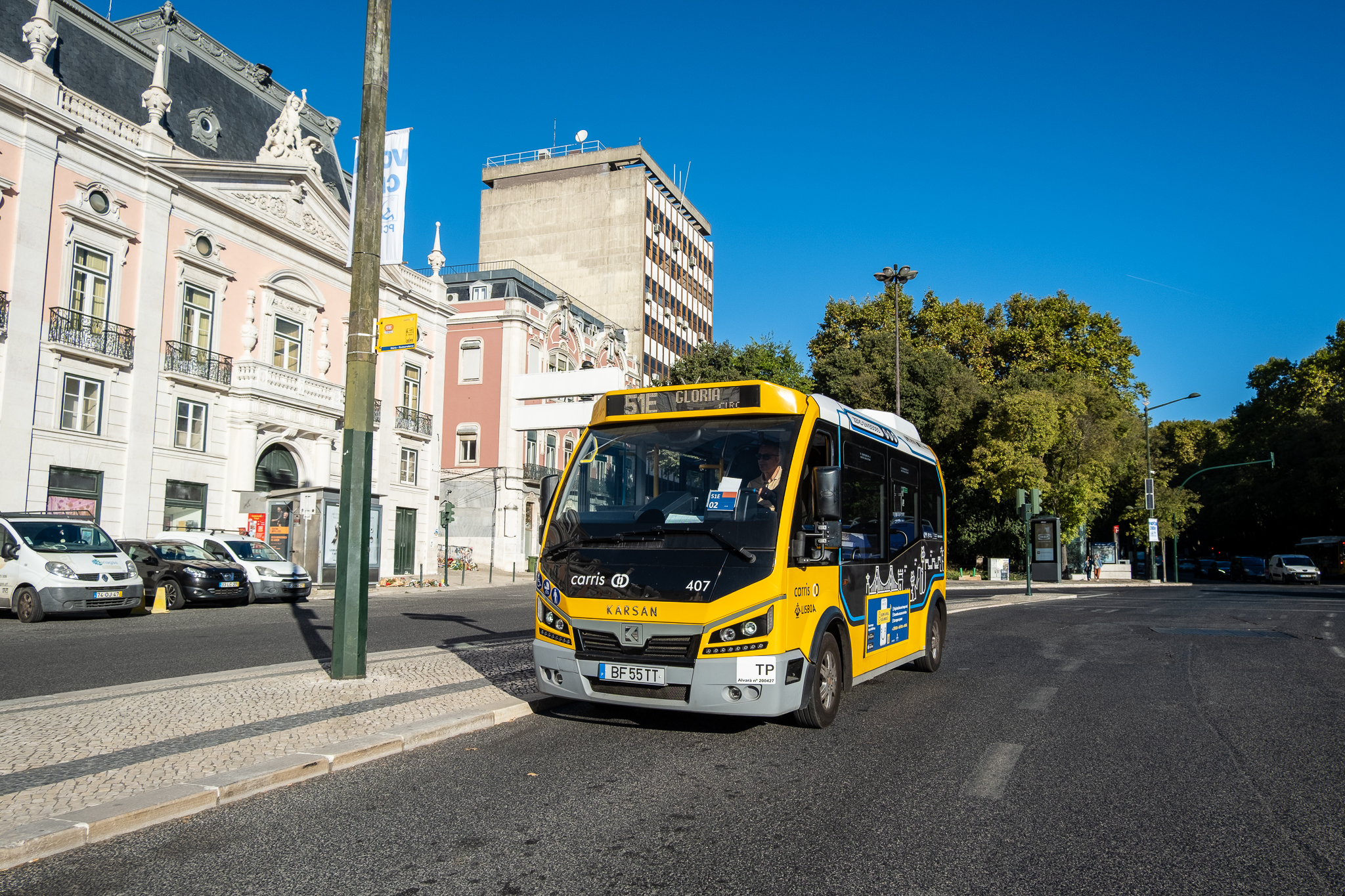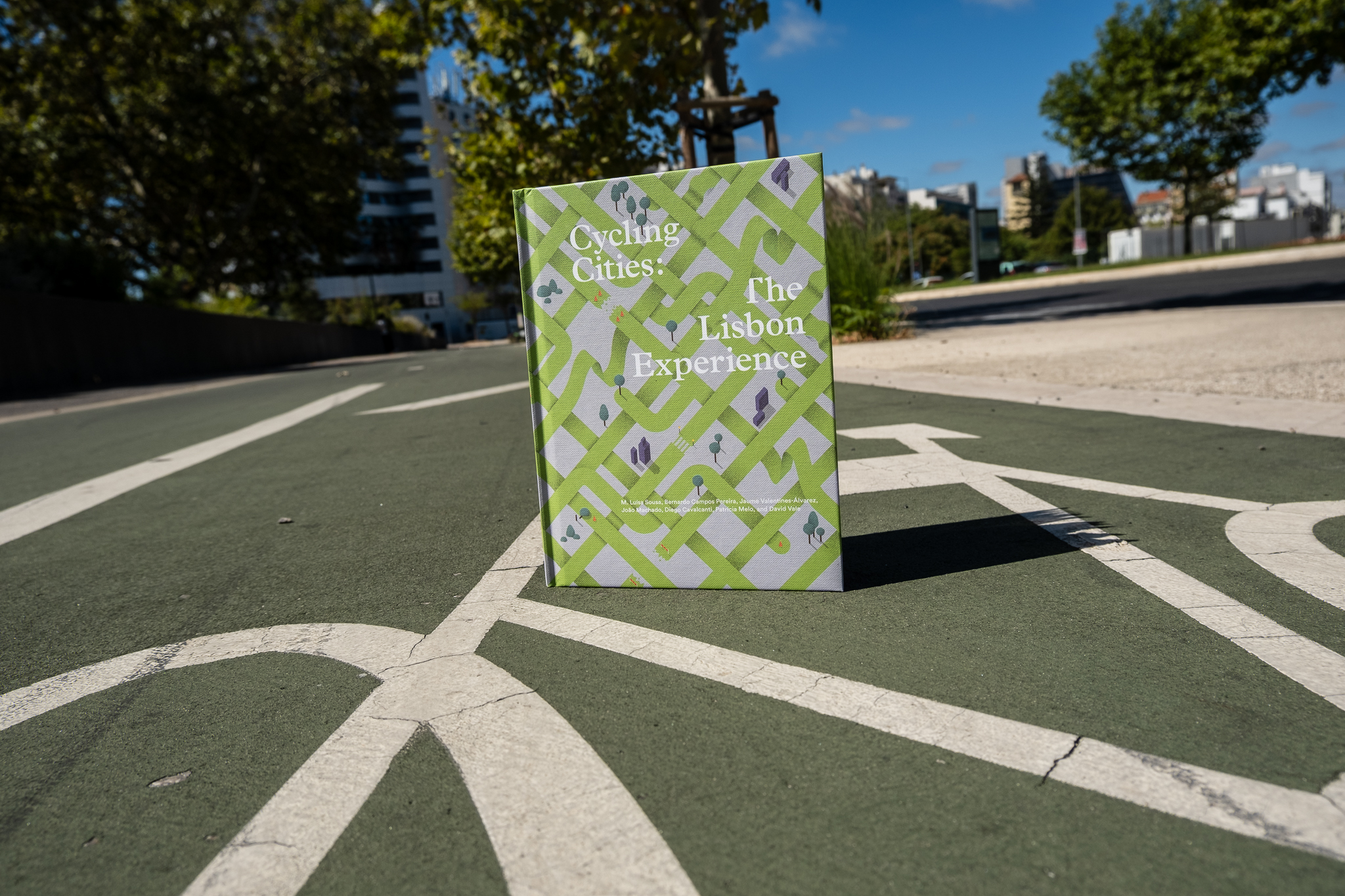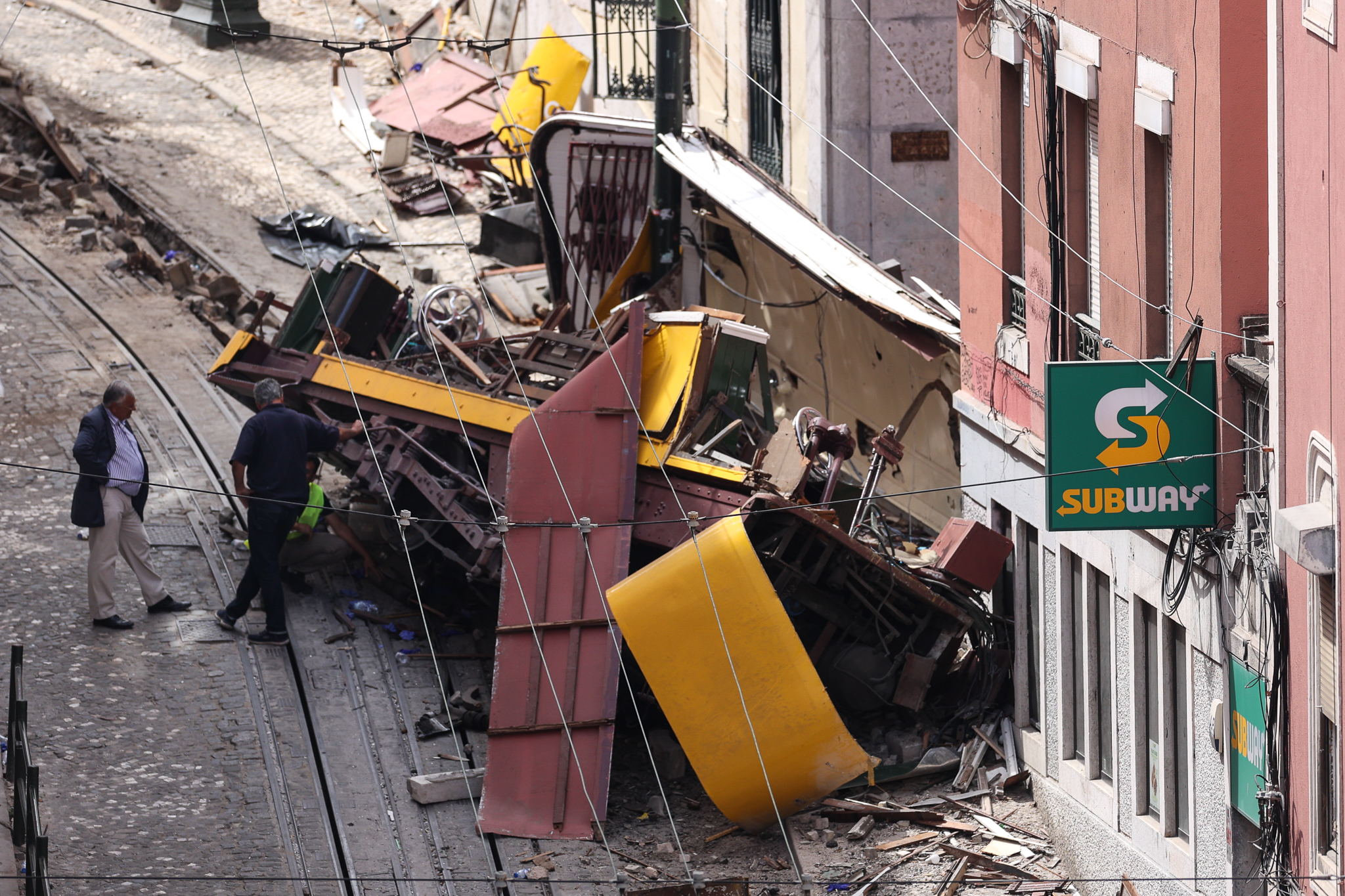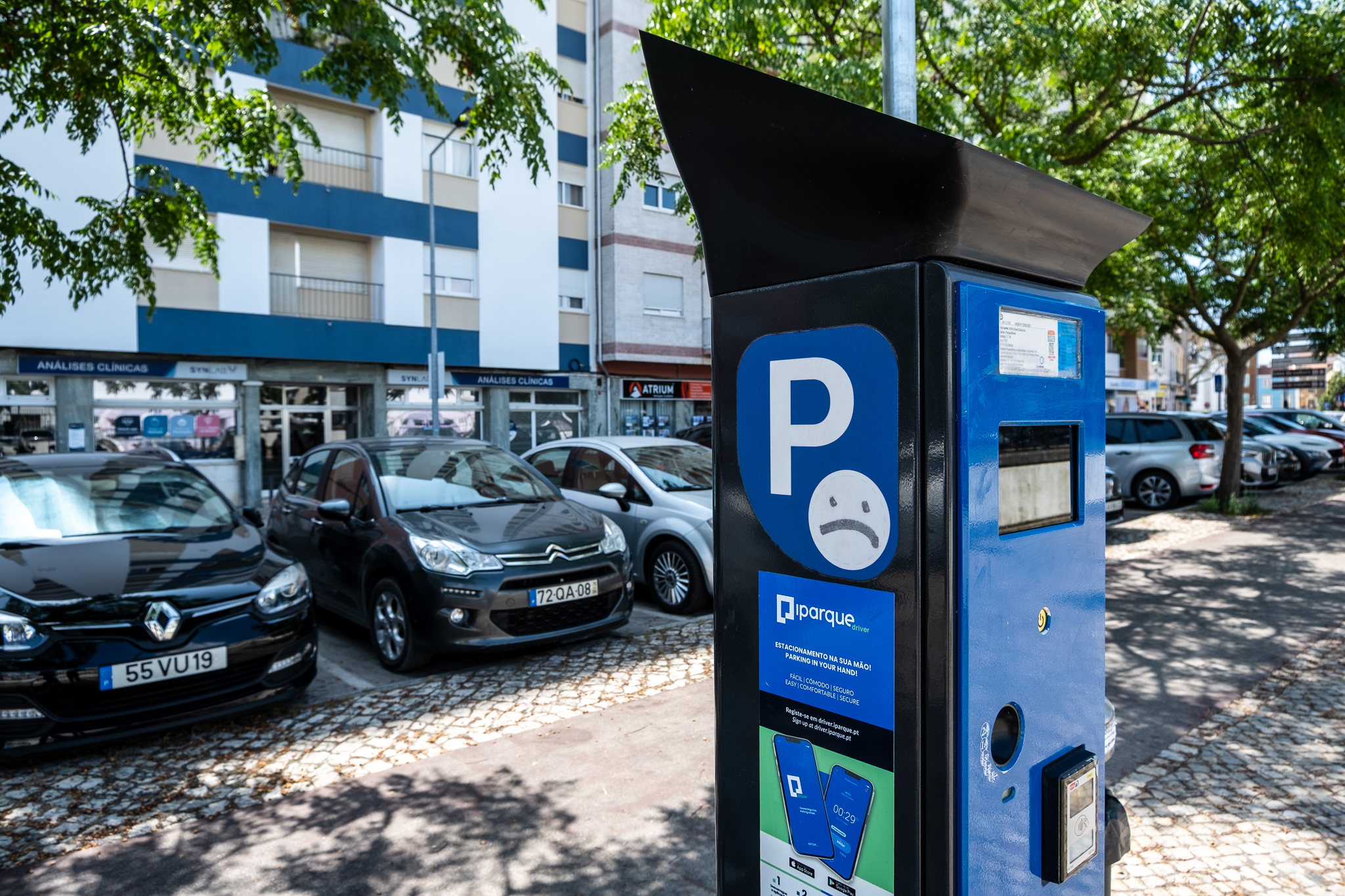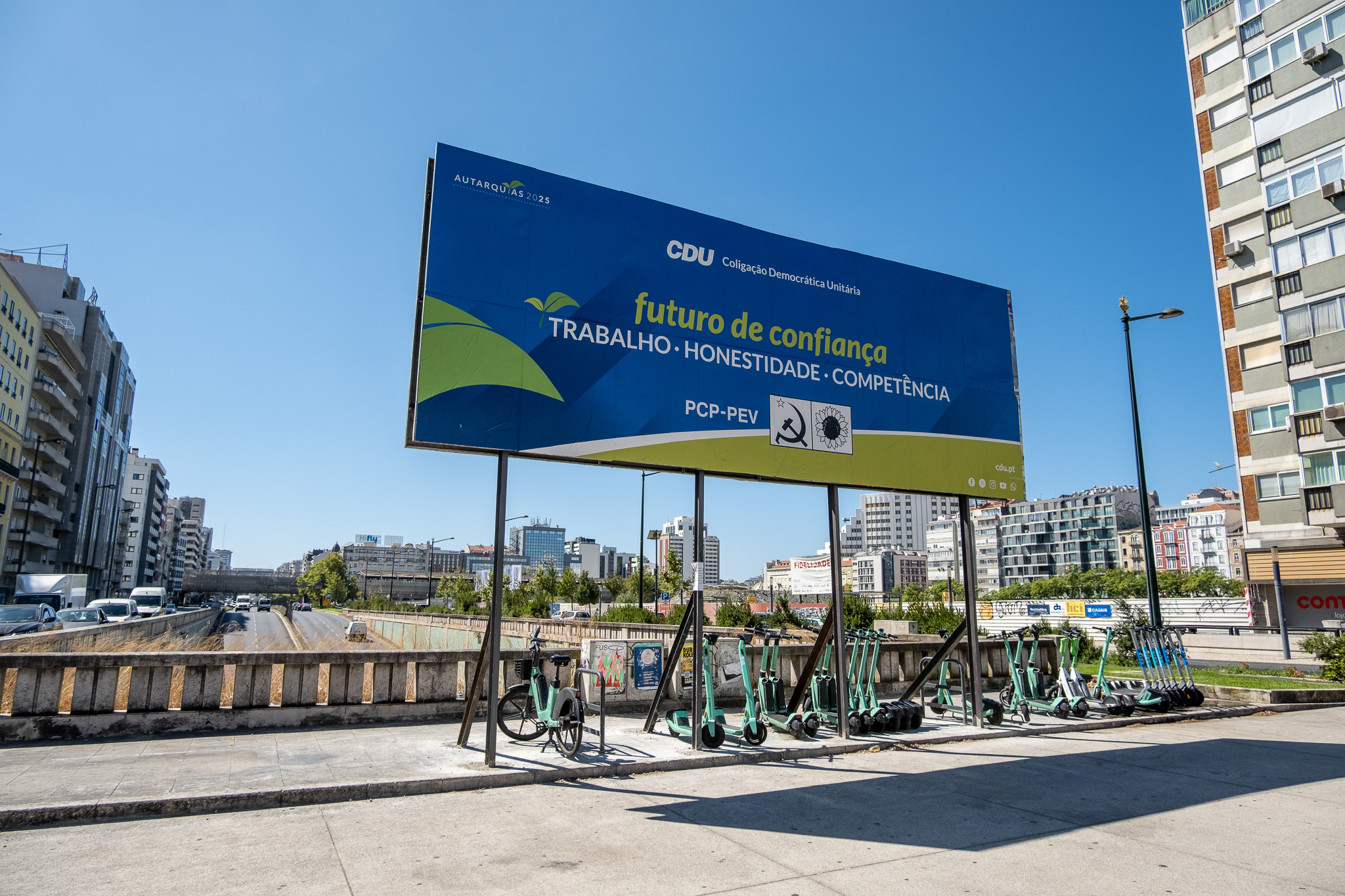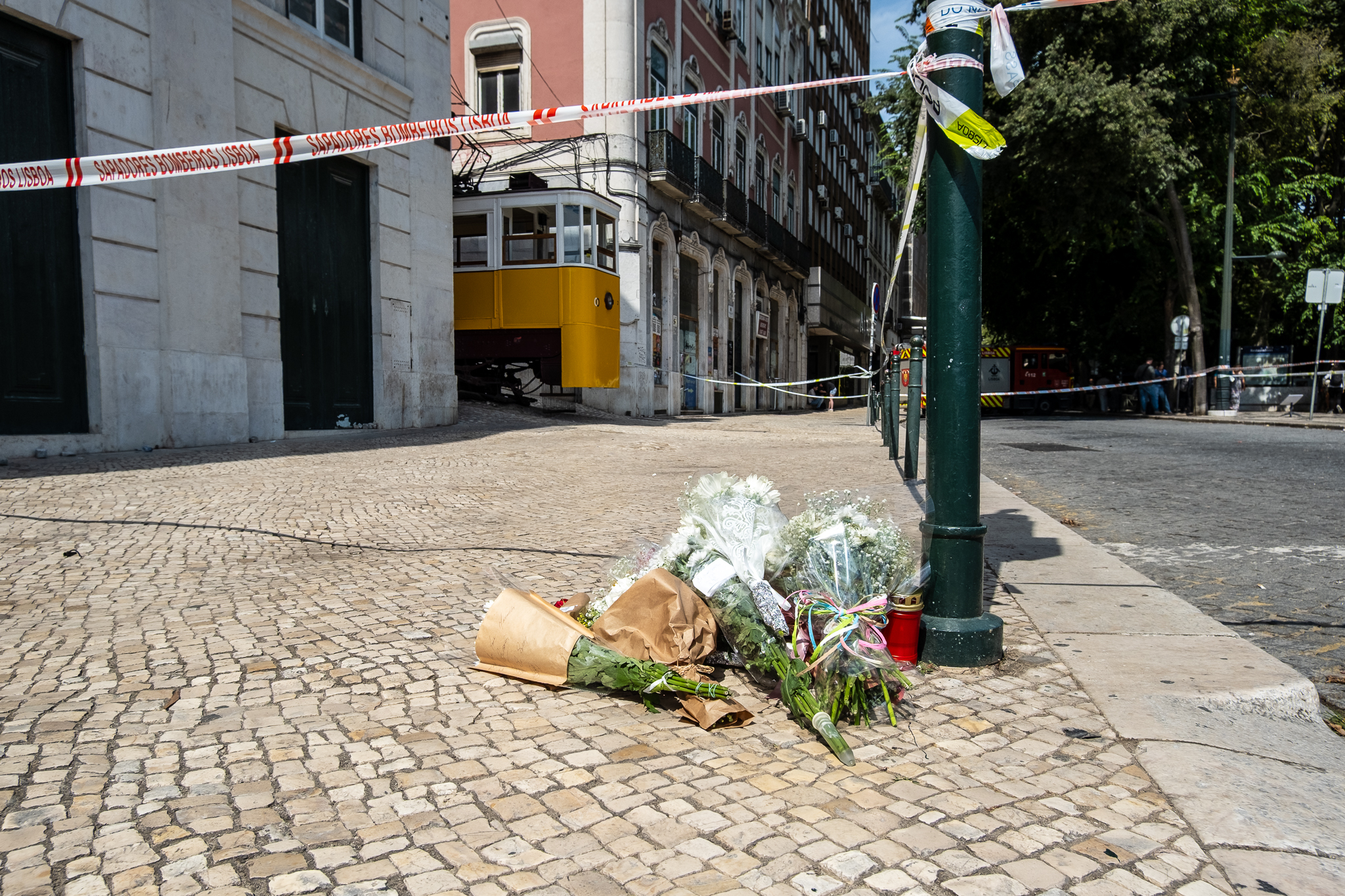Opinion by Tomás Ribeiro.
Carlos Moedas brings with him new proposals for mobility in the capital. I analyze some of them here.
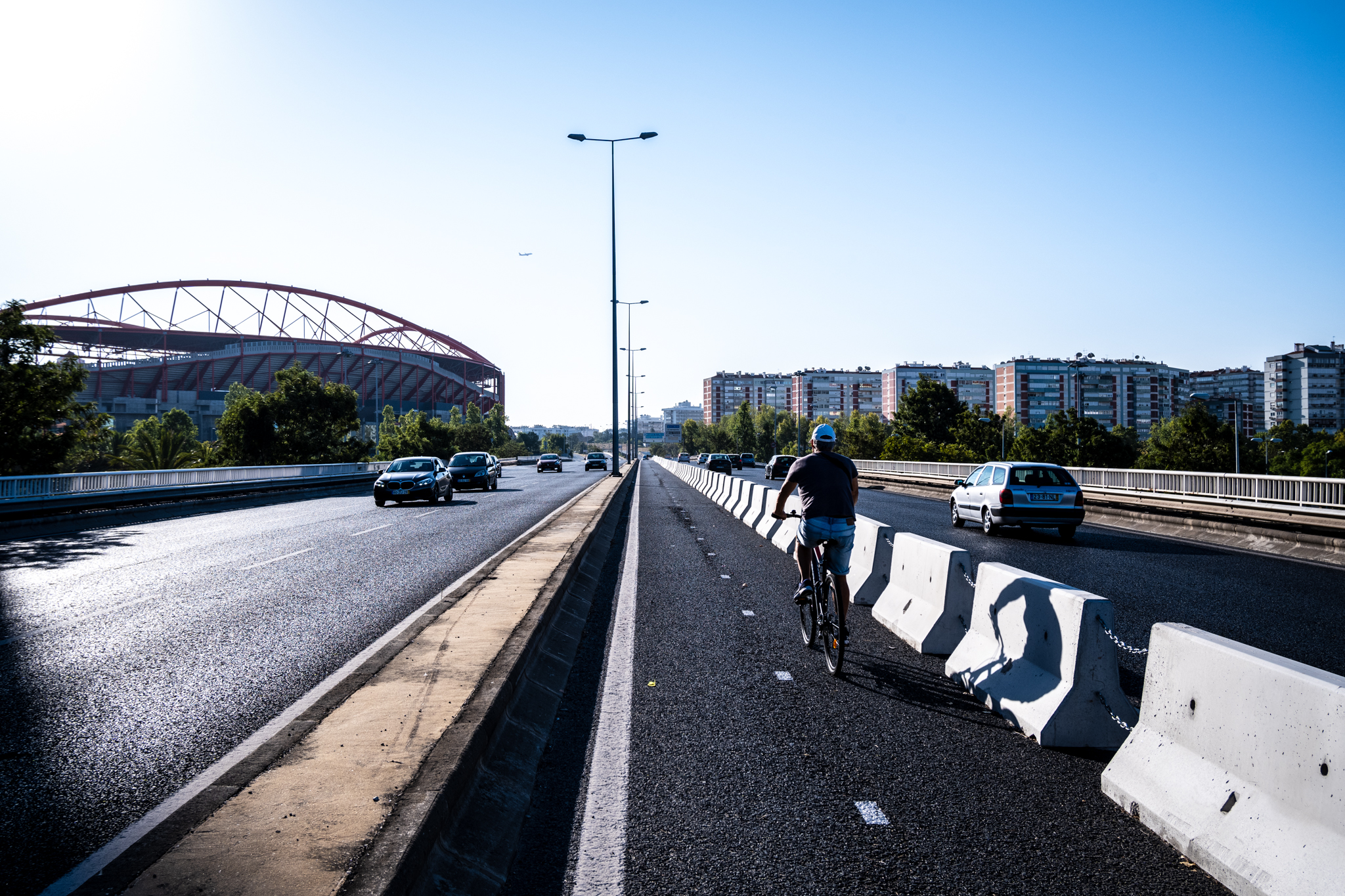
On September 26, Lisbon went to the polls and decided to change. In a surprising election night, Fernando Medina of the coalition More Lisbon (PS/L), was defeated by 2,300 votes by the coalition New Times (PSD/CDS/PPM/MPT/A), led by Carlos Moedas, who will therefore be the Mayor of Lisbon for the next four years.
The inauguration takes place on Monday. It's not going to be an easy four years. Moedas will have a "hostile" Municipal Assembly and a minority of right-wing councillors on the council. This means that there will be no decisions without negotiation with the left.
But that's not all that makes these four years challenging. In addition to the climate emergency we are experiencing, Lisbon will be faced with the return of tourism in force and generous tranches of European funds to help with the post-pandemic recovery. It will be a challenging four years, but with or without majority support, Carlos Moedas brings with him new proposals for mobility in the capital. Here are some of them.
Untie the knot in the Circular Line and switch to a Looped Line
The controversial Metro Circular Line, defended almost exclusively by the PS and, of course, by Fernando Medina, could be one of Moedas' targets.
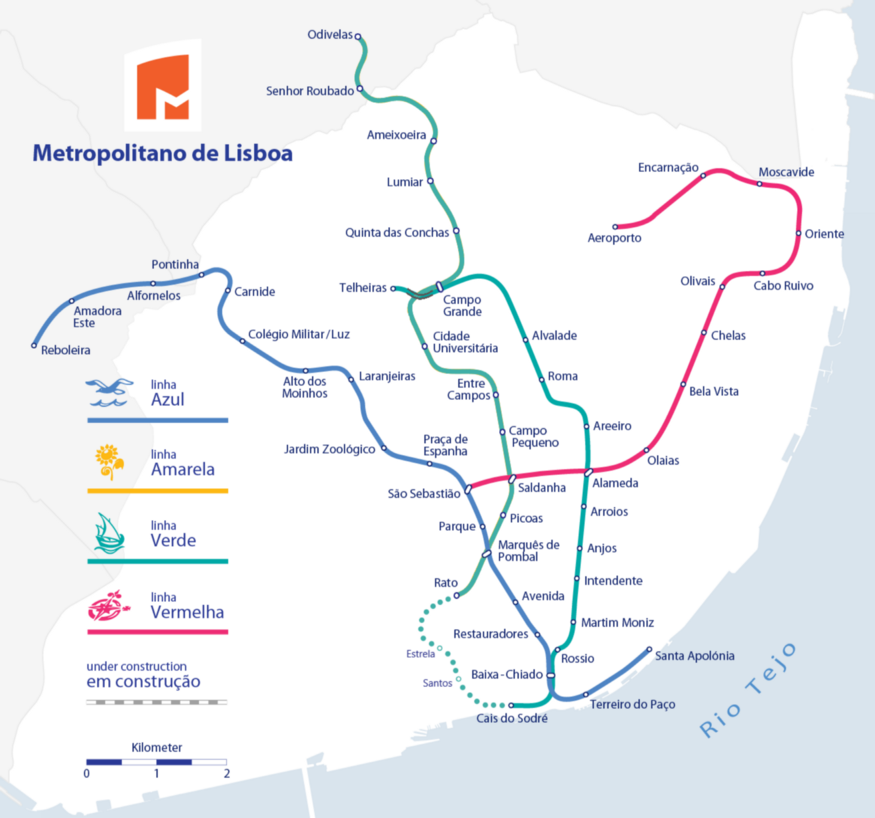
Although much of the work is already on the ground, the new mayor of CML seems determined to prevent the line's operating format from forming a ring road between Campo Grande and Cais do Sodré. Instead of the current solution, Moedas argues that the circulation scheme in Campo Grande should not be changed, so that, if the expansion between Rato and Cais do Sodré is maintained, the Green and Yellow Lines would be merged into a single, looped line.
On this line, a train would start its service at (let's assume) Odivelas, then continue south to Cais do Sodré via the current alignment of the Yellow Line, then make its way north to Telheiras, crossing Campo Grande station twice.
It won't be a very easy measure to implement, partly because it involves talking to the people who are really in charge of the Metro, the government (which has always been a staunch supporter of the Circular Line). It's true that even with the works planned for the Circular Line, it's possible to adopt a loop system, but this would make the interventions planned in Campo Grande totally useless (and their cost a waste of funds).
This is an excellent Coin proposal. There is no advantage to the circular solution over the loop solution. This new solution allows it to solve the problem of access from Cais do Sodré (rail and river interface) to the Avenidas Novas axis (the network's axis of greatest demand)At the same time, it doesn't create unnecessary overflows for users. It's a win-win!
With the support of the PCP on this issue (which has also always been a harsh critic of the Circular Line), it shouldn't be difficult to pass this measure, at least in the House, so that talks with the government can begin. We'll see.
Free public transport for young and old
Another of the coalition's major flags New Times was the introduction of free public transport for "grandparents and grandchildren". Although at first glance it may seem like a positive measure to attract more users to public transport, a careful analysis reveals some problems.
The fundamental problem with this idea is that price is no longer an entry barrier to public transport. After the implementation of PART (Programa de Apoio à Redução do Tarifário), pass prices were drastically reduced, to the point where they became practically accessible to the entire population (young people, for example, already enjoy an extra discount on their fare, making the cost residual).
This means that making passes free for young people and the elderly is putting out a fire that doesn't exist, it's solving a problem that doesn't exist. It's a waste of council resources just to bring an already residual value down to absolute zero.
The idea of not paying for public transport may be attractive, but in reality it doesn't solve Lisbon's structural mobility problems and only diverts resources that could be invested in really useful measures with an impact on the city's overall panorama. Increasing Carris's fleet of buses and streetcars, creating more corridors dedicated to public transport on its own site, improving interfaces and large terminals... All these measures can in fact help bring new users to public transport by taking cars off the road and increasing the attractiveness of the system.
Cheaper 50% parking for Lisbon residents
This measure is perhaps the one that deserves the most severe criticism, because it simply has no place in a modern European capital.
At a time when Lisbon should be focusing everything on reducing the number of cars circulating within the city to reduce congestion, pollution and lack of space, this type of measure has no place. Lisbon needs to move in the opposite direction, making it harder and more expensive to use the car intensively in the city.
As much as many people see parking as a basic right, the truth is that it is not. Parking, reduced to its most basic essence, is occupying the public highway with private property. Parking spaces take up precious space on our streets that could be used for other purposes. Using a car in the city creates congestion and air and noise pollution, it's not "free".
Lisbon, with all its problems, is the municipality in the Lisbon Metropolitan Area with the best public transport. Lisboners need to be encouraged to make use of this transport network, not to use their cars more for short journeys.
Of course, these are unpopular concepts and difficult to promote to the general public, but this is the reality. Using a car in the city has negative externalities associated with it, so anyone who wants to do so has to be willing to pay for them. I don't want to demonize anything or anyone, people are free to move around as they wish. They just have to be willing to pay the price for it.
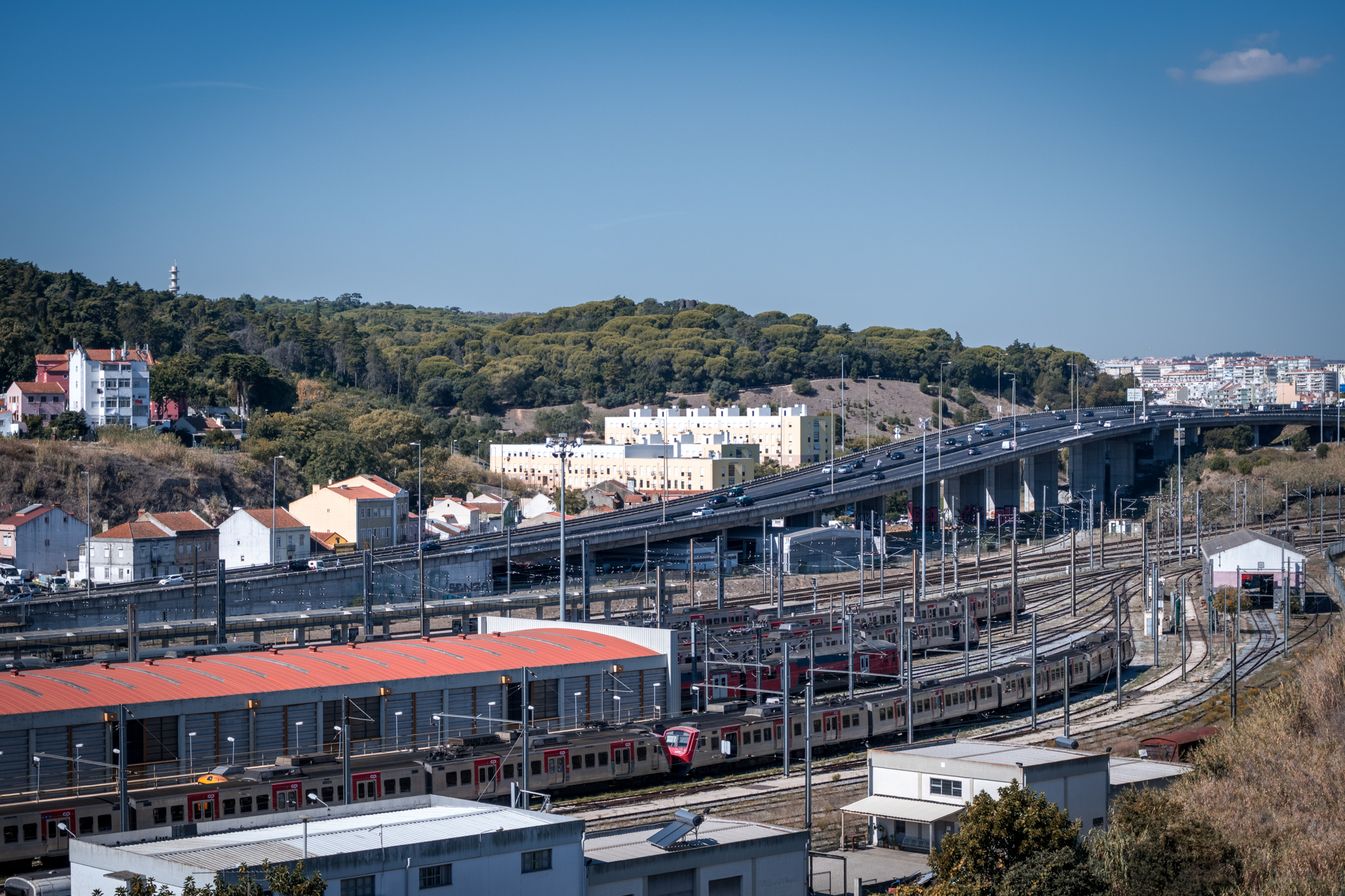
Restructuring bike lanes and ending the Almirante Reis controversy
Cycle paths were a central theme of the mayoral campaign and Carlos Moedas promises to restructure the city's new cycle network. It is true that the pop-up and the rush to implement some bike lanes led to more "on the fly" projects of questionable technical quality, but it's important to note that despite this, significant progress has been made.
The stigma that it is impossible to implement mass cycle paths in Lisbon because the city is not completely flat has finally been broken. Many new users have been attracted to this mode of transport, users who leave their cars at home or leave more space available on public transport.
Continuing to implement a cycle network is absolutely fundamental to solving the city's mobility problems and under no circumstances should a cycle path be eliminated without being properly replaced. No matter how much media attention it gets.
I can't help but notice that Carlos Moedas' speech on cycle paths is a bit utopian, implying that a perfect balance of space is possible in which everyone is happy. However, the space on our streets is not infinite. In order to create new mobility alternatives, some of it has to be sacrificed. Given that sidewalks are not an option, the only alternative on many of the city's arteries is to take space away from cars. Once again, an unpopular but fundamental measure. There are no free lunches...
Cascais Line buried between Algés and Cais do Sodré
In fact, this measure is anything but new. On the contrary, the idea of burying the Cascais Line is not only quite old, but it's also quite new. was also shared by the outgoing president, Fernando Medina.
It's undeniable that the presence of the Cascais Line on the riverfront has been an obstacle to the profound requalification of the entire riverside area, whether it's the pedestrian space or the multiple avenues that run through it. Avenues also get in the way, it's true, but avenues are easy to change and, above all, they can be crossed on level ground with crosswalks and traffic lights. Not a train line.
As a staunch defender of the railroad, I admit that burying the Cascais Line would be a project with tremendous potential for Lisbon. But now let's move on to the "boring part" of this story.
Burying the Cascais line between Cais do Sodré and Algés would be expensive. Very expensive. Some estimates put the cost at around 800 million euros, which is far more than Lisbon City Council can afford without going into considerable debt. Bearing in mind that this work would not bring any benefits to the efficiency of the transport system and that it is above all a work of an urban nature, it will not be entitled to Community funding, and in my opinion, nor should it have any contribution from the Central State. If the council wants to bury the line, let them pay the cost.
And the problems don't stop at the cost. The Line of Cascais is undergoing a major modernization under the Ferrovia 2020 program.This means that burying the line now would be a waste of millions of euros of investment.
Nor will I take seriously any proposal to permanently remove the line between Alcântara and Cais do Sodré and replace it with a light rail with a fraction of the capacity of the train. Cais do Sodré is the busiest railway station in the country, a very important transport interface that will only see its importance reinforced with the ongoing expansion of the Metropolitano. It is simply unthinkable to remove the Line.
Tomás Ribeiro is a Civil Engineering student at the Instituto Superior Técnico, interested in transportation, mobility and urban planning.
